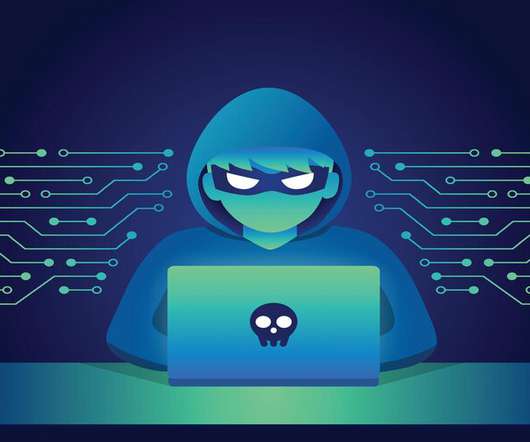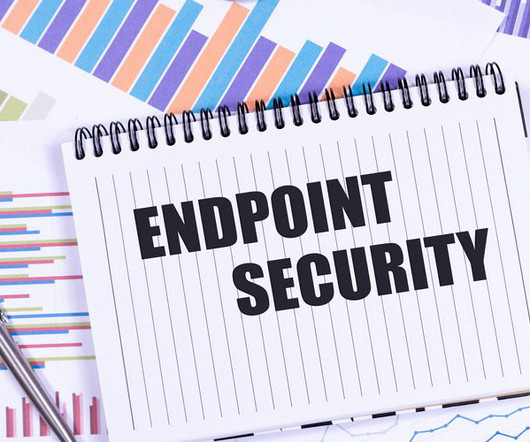IT Risk Assessment: Is Your Plan Up to Scratch?
Kaseya
DECEMBER 7, 2021
Sometimes, small or medium-sized businesses (SMB) lack the resources or expertise to conduct an extensive risk analysis, so they hire external experts, such as MSPs or MSSPs , to assess IT risks and provide comprehensive cybersecurity tools to mitigate cyberthreats. What are the types of IT risk? . Let’s look at some common IT risks.















Let's personalize your content